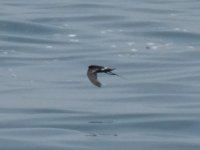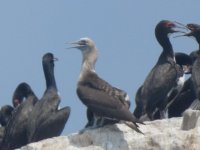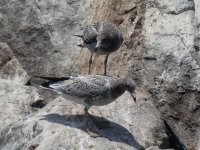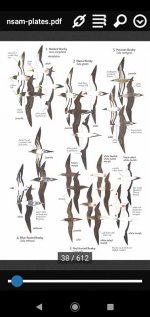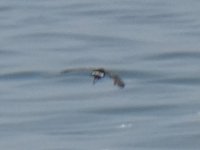rylirk
Well-known member

Hi all, a few from the Palomino Islands and adjacent waters:
1. Shearwater sp.? I assumed auk at the time, but I now realise they don't make it to the southern hemisphere...
2. Just to confirm: this is a blue-footed booby, right? As opposed to the abundant Peruvian boobies I saw many of.
3. 1cy Kelp Gull? Were nearby an adult Belcher's Gull, but the other juv. Belcher's Gulls I saw all had the yellow and red bill of the adult.
1. Shearwater sp.? I assumed auk at the time, but I now realise they don't make it to the southern hemisphere...
2. Just to confirm: this is a blue-footed booby, right? As opposed to the abundant Peruvian boobies I saw many of.
3. 1cy Kelp Gull? Were nearby an adult Belcher's Gull, but the other juv. Belcher's Gulls I saw all had the yellow and red bill of the adult.




